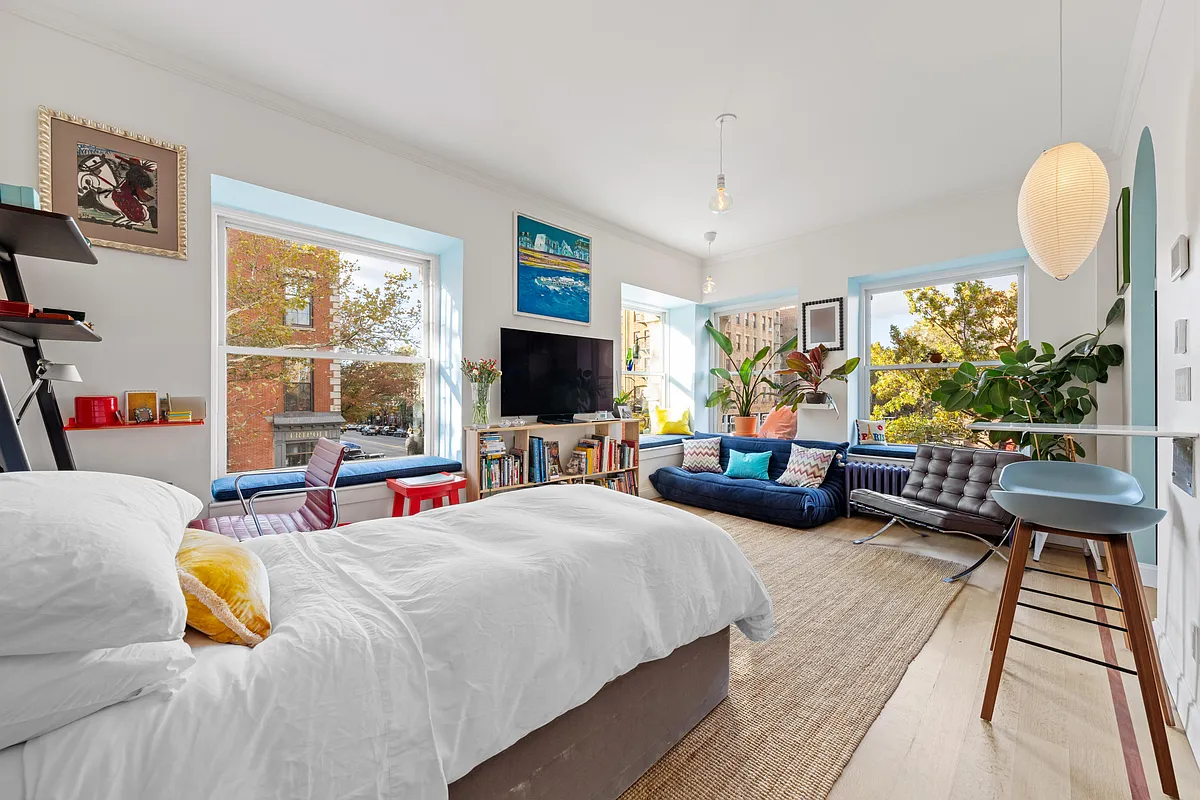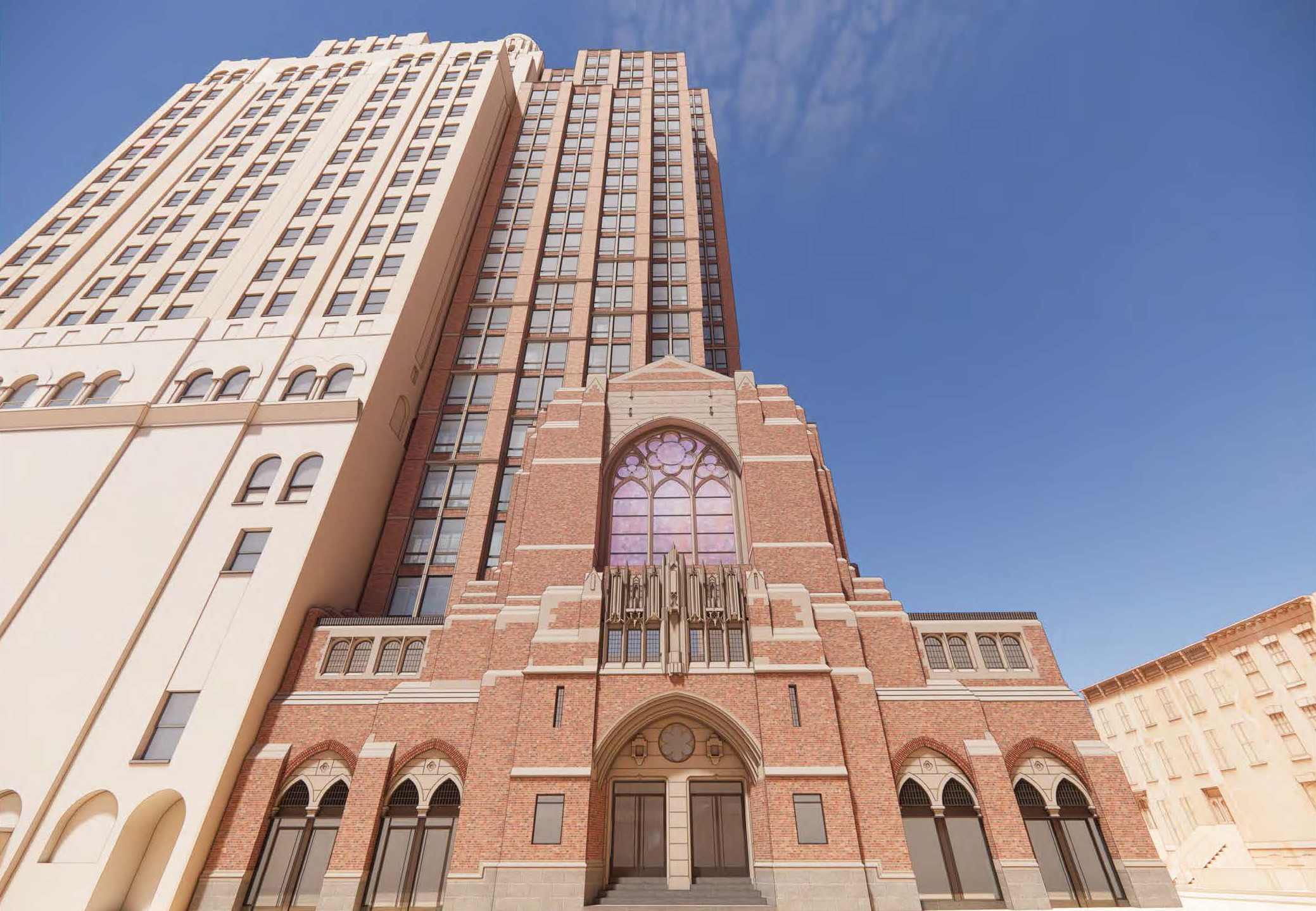Brooklyn Market Doesn't Look So Bad, Does It?
Buried deep in the Brown Harris Stevens Third Quarter Report are some interesting statistics on market activity in Brooklyn’s ritziest nabes. And if the stats are to be believed, we may all be getting worked up over nothing. According to the report, apartments in Brooklyn Heights and Park Slope sold for an average price of…


Buried deep in the Brown Harris Stevens Third Quarter Report are some interesting statistics on market activity in Brooklyn’s ritziest nabes. And if the stats are to be believed, we may all be getting worked up over nothing. According to the report, apartments in Brooklyn Heights and Park Slope sold for an average price of $612,367 in the third quarter, 35% higher than one year ago. And townhouses? The average price per square foot rose to $547, more than 20% higher than the third quarter of 2004. Doesn’t seem to be be much cause for panic in these numbers though, does there?
Third Quarter Report [Brown Harris Stevens via Curbed]





Also, I am not disputing that Manhattan prices are higher than Brooklyn prices. What I was getting at is that brownstone Brooklyn (and brownstone Manhattan where it still exists) will retain value better due to the limited amount of such properties, compared to the many non-descript generic apartments throughout all of NYC. Not to say brownstones won’t go down in price or stay relatively flat in price if the market slows, just that they are a limited commodity in an already tight property market.
I’m not saying that Brooklyn real estate isn’t tied to Manhattan. I’m just saying that people who say if Manhattan goes down 10%, Brooklyn goes down 20-30% are probably wrong. And by the way, I would guess that most of the people who actually own brownstones and apartments in expensive neighborhoods in Brooklyn work in Manhattan.
Re the comment that brokers’ comments in the press can’t be trusted, and journalists aren’t skeptical enough… I recently bought condo in Cobble Hill that was listed at 1100 square feet, only to see my broker quoted in the newspaper to the effect that the apartment had 950 square feet (he was citing my purchase in trying to “talk up” Cobble Hill per-square-foot selling prices). I prefer to think he was puffing, but perhaps it was just a form of public confession.
Brooklyn is my first choice, but I still think that prices in Brooklyn have historically tended to be lower than in Manhattan. Even though Brooklyn has more nice contiguous brownstone neighborhoods, a brownstone in the WV or on the Upper West Side still costs more than in Park Slope or probably even Brooklyn Heights. This isn’t because Brooklyn isn’t a lot nicer than the UWS (at least in my opinion), but because Manhattan is better known.
Brownstone Brooklyn is a much closer commute to a lot of areas in Manhattan than the UWS, but a lot of Wall Street types would still sooner die than live in Brooklyn. They’re dumb, but these sort of things still influence prices. So if there’s a slow-down in Manhattan, it will affect brownstone Brooklyn, from Bed-Stuy to Brooklyn Heights.
Same old thread. Yadda, yadda, yadda …
Believe it or not, some neighborhoods in Brooklyn are first choices of people. You simply don’t get large contiguous beautiful brownstone areas in Manhattan. Brooklyn probably keeps going because of the limited number of such brownstone areas available, whereas in Manhattan, there are many condos and new developments – any many generic junior fours etc… Not as many unique historic properties in nice communities.
I agree with D completely. The decrease in the price for a nicer PS place for my family will be greater than the loss of equity in the place we presently own. Thus, if prices drop some, it might even be to our advantage. (Of course, mortgage rates have a big impact on this calculation as well.)
If prices came down, I’d still want to live in Park Slope rather than Manhattan. I’d simply move into a bigger nicer place in PS.
If Manhattan goes down, watch out Brooklyn. Most nabes in Manhattan are established, with substantial interest both local and internationally. Brooklyn on the other hand is simply a bunch of local people, looking for a decent standard of living and priced out of the sort of space they would need in Manhattan. If Manhattan goes down 10%, you can expect Brooklyn to go down 20-30%
Anyone know how/where they come up with their figures? Based on sales from their firm or REBNY sales?
I can’t think it can be all sales ( as if you check propshark.com or public records – many sales are to family members or from personal to incorporation, etc which are not open market prices). And especially coop sales not public record.
Not surprising that NYTimes or other media don’t questions realtors reports or any quotes/assertions by realtors – since all these real estate firms are big advertising revenue.